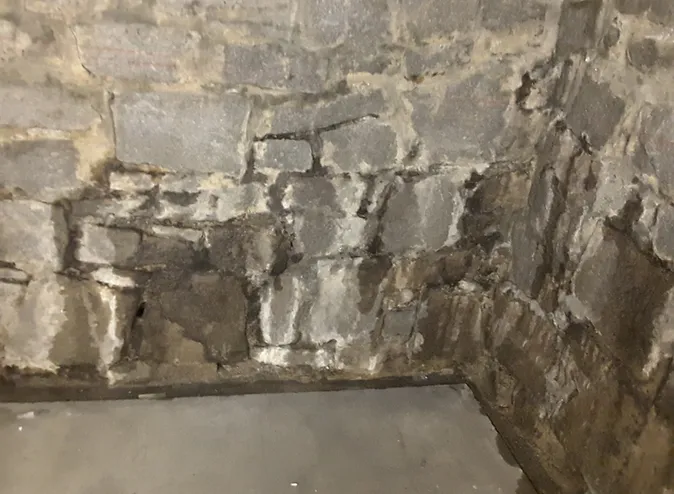
When selecting the best basement waterproofing materials and techniques, prioritize effective sealants, proper drainage systems, and suitable coatings to safeguard your home from water damage and mold. Consider factors like water exposure and climate conditions to determine the most efficient waterproofing solutions for your basement. Maximize protection by utilizing exterior coatings, interior drainage systems, and waterproof sealants that complement each other. Make informed choices to guarantee your basement remains dry and safe from potential water intrusion and structural damage.
Key Takeaways
- Consider external waterproof coatings or membranes for long-lasting protection.
- Implement interior drainage systems like French drains for effective water management.
- Use crack injections to seal foundation cracks and prevent water infiltration.
- Ensure proper grading and landscaping to prevent water accumulation around the foundation.
- Combine multiple techniques, such as sealants, membranes, and drainage systems, for comprehensive waterproofing.
Importance of Basement Waterproofing
Basement waterproofing is essential for safeguarding your home from water damage and mold growth. By taking proactive steps to waterproof your basement, you can prevent costly repairs and health hazards down the line. Water intrusion in basements can lead to structural issues, electrical problems, and the growth of mold and mildew, which can negatively impact your indoor air quality.
One of the primary benefits of basement waterproofing is the protection it provides to your home’s foundation. Water seepage can weaken the foundation over time, compromising the structural integrity of your entire house. By keeping water out, you can maintain a strong and stable foundation, ensuring the long-term durability of your home.
Additionally, basement waterproofing helps to create a more comfortable and livable space in your home. A dry basement is less likely to experience musty odors, dampness, and humidity, providing you with a healthier environment for your family. You can also maximize the usable space in your home by preventing water damage that could render parts of your basement unusable.
Common Causes of Basement Water Damage
Water damage in basements often stems from a combination of external factors and structural vulnerabilities within the home. One common cause is key drainage around the foundation. When rainwater isn’t properly directed away from the house, it can seep into the basement through cracks or porous areas. Another frequent culprit is insufficient sealing. If the walls or floors aren’t adequately sealed, water can infiltrate the basement easily. Additionally, issues with gutters and downspouts can lead to water pooling around the foundation, increasing the likelihood of leaks.
Furthermore, high humidity levels within the basement can also contribute to water damage. Poor ventilation or HVAC systems can result in excess moisture, leading to dampness and potential mold growth. In some cases, landscaping choices near the foundation can exacerbate the problem. Trees with invasive roots may damage foundation walls, creating entry points for water.
Moreover, structural issues such as cracks in the foundation or walls can provide pathways for water to enter the basement. These cracks can develop over time due to shifting soil or the natural settling of the house. It’s important to address these vulnerabilities promptly to prevent water damage from worsening. By identifying and mitigating these common causes, you can better protect your basement from water infiltration and potential damage.
Types of Waterproofing Materials
To effectively safeguard your basement against moisture intrusion, choosing the right waterproofing materials is crucial. There are various types of waterproofing materials available, each with its own set of characteristics and applications.
One common type of waterproofing material is cementitious waterproofing. This material is a rigid coating that adheres well to concrete, making it a popular choice for basements. It’s easy to mix and apply, providing a durable barrier against water penetration.
Another popular option is liquid membrane waterproofing. This material is a thin coating that can be easily applied to various surfaces, including concrete, wood, and metal. Liquid membrane waterproofing is flexible and can bridge small cracks, offering excellent protection against leaks.
For a more heavy-duty solution, consider using bentonite waterproofing. Bentonite is a clay material that swells when exposed to water, creating a dense barrier against moisture intrusion. It’s often used in areas where high water pressure is a concern.
Lastly, consider using bituminous waterproofing. This material consists of asphalt and rubber compounds, providing a thick, durable layer of protection. Bituminous waterproofing is commonly used in below-grade applications due to its excellent waterproofing properties.
When selecting waterproofing materials for your basement, consider factors such as the level of water exposure, climate conditions, and application method to guarantee long-lasting protection against water damage.
Techniques for Basement Waterproofing
Considering the various waterproofing materials available, implementing the right techniques is essential to ensure your basement remains dry and protected from moisture intrusion. One effective technique is exterior waterproofing, which involves excavating around the foundation to apply a waterproof coating or membrane. This method creates a barrier between the foundation walls and the exterior soil, preventing water from seeping into the basement.
Interior waterproofing is another popular technique that focuses on managing water that has already infiltrated the basement. This method often includes installing interior drainage systems like French drains or sump pumps to redirect water away from the foundation. By controlling the water inside the basement, interior waterproofing helps keep the space dry and reduces the risk of water damage.
Crack injections are a valuable technique for addressing foundation cracks that may be allowing water to enter the basement. By injecting specialized materials into the cracks, such as epoxy or polyurethane, you can seal off potential entry points for water, enhancing the overall waterproofing of the basement.
In addition to these techniques, proper grading and landscaping around your home can also play a significant role in basement waterproofing. Ensuring that the ground slopes away from the foundation can help prevent water from pooling near the basement walls, reducing the likelihood of moisture seepage. By combining these techniques effectively, you can create a thorough waterproofing strategy to protect your basement from water damage.
Choosing the Right Waterproofing Solution
For optimal basement waterproofing, selecting the appropriate waterproofing solution is vital to safeguard your basement from moisture intrusion effectively. There are various options available, so it’s essential to choose the one that best fits your needs. One popular choice is waterproof sealants, which are simple to apply and can effectively seal small cracks and gaps in the basement walls. These sealants create a barrier against water, preventing it from seeping into your basement.
Another effective solution is waterproof membrane systems. These systems consist of membranes that are applied to the exterior of the basement walls, providing a strong barrier against water penetration. They’re particularly useful in areas where hydrostatic pressure is a concern. Additionally, installing exterior drainage systems can help divert water away from your basement walls, reducing the risk of water damage.
If you’re dealing with significant water intrusion issues, setting up an interior drainage system coupled with a sump pump might be the best solution. These systems collect water that seeps into the basement and pump it out, keeping your basement dry. Finally, consider waterproofing paints and coatings for an extra layer of protection. These products can be applied to the interior walls and floors, creating a waterproof barrier that helps keep moisture at bay. Remember, the key to a dry basement is selecting the right waterproofing solution for your specific needs.
Frequently Asked Questions
How Can I Tell if My Basement Needs Waterproofing Before Any Visible Water Damage Occurs?
You can identify if your basement needs waterproofing by checking for musty odors, mold growth, damp walls, or efflorescence. Addressing these signs early can prevent visible water damage and protect your basement.
Are There Any Options for DIY Basement Waterproofing, or Is It Best Left to Professionals?
You might be tempted to DIY basement waterproofing, but it’s best left to pros for effective, long-lasting results. Pros have the expertise and tools to tackle the job correctly, ensuring your basement stays dry.
Can Basement Waterproofing Prevent Mold and Mildew Growth in Addition to Water Damage?
Yes, basement waterproofing can prevent mold and mildew growth besides stopping water damage. It’s important to seal out moisture to inhibit mold spores from thriving. Protect your basement with proper waterproofing to maintain a healthy environment.
Are There Any Environmentally Friendly Basement Waterproofing Materials Available?
Yes, there are environmentally friendly basement waterproofing materials available. Consider options like eco-friendly sealants and drainage systems. They can help protect your basement against water damage while being mindful of the environment’s well-being.
How Often Should Basement Waterproofing Be Inspected and Maintained to Ensure It Remains Effective?
To keep your basement waterproofing efficient, inspect and maintain it annually. Look for signs of damage like leaks or cracks. Address issues promptly to prevent water damage. Regular upkeep guarantees your basement stays dry.
Conclusion
Lifetime Basement Waterproofing has been Atlanta’s premier basement waterproofing company for over 30 years.
As a family-owned and operated business, we specialize in basement waterproofing and offer a range of expert services.
In addition to basement waterproofing, we excel in crawlspace encapsulation, exterior foundation waterproofing, foundation crack repair, and designing drainage solutions such as French drains.
When you choose Lifetime Basement Waterproofing, you can trust us for all your wet basement repair needs.
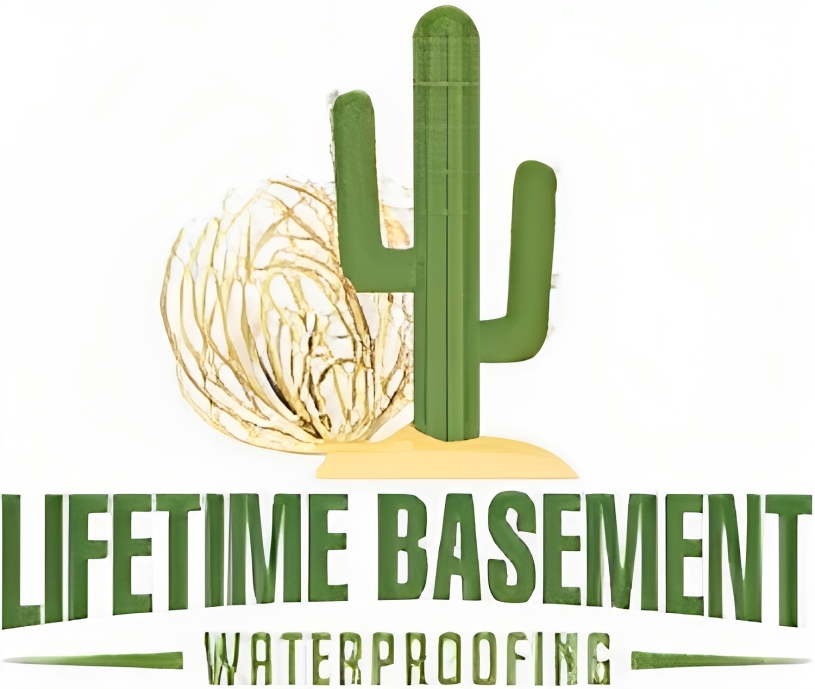
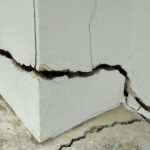
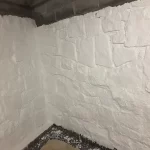
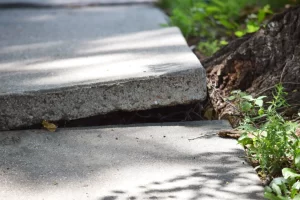
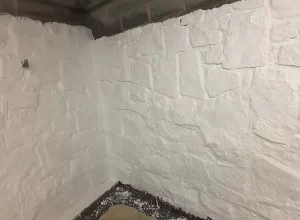
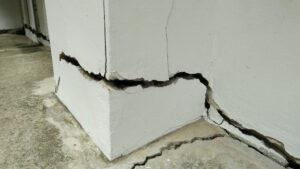
No comment yet, add your voice below!